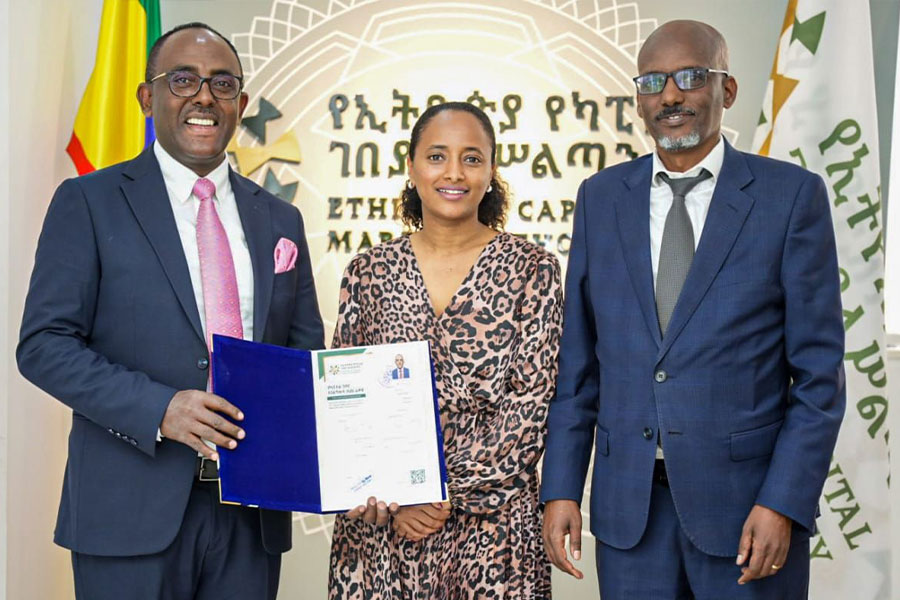
Sep 27 , 2025.
On a soggy morning in Addis Abeba in Torhayloch, three retired utility poles lie proudly on a bed of jagged rubble, daring pedestrians to navigate the city’s newest obstacle course. The wet asphalt gleams beside them, mocking the careful passersby who hop, sidestep, and sometimes plunge, while the poles themselves remain stoically indifferent to the chaos, as if silently judging the city’s ability to manage basic infrastructure. Meanwhile, traffic carries on with a resigned patience.
PUBLISHED ON
Sep 27,2025 [ VOL
26 , NO
1326]
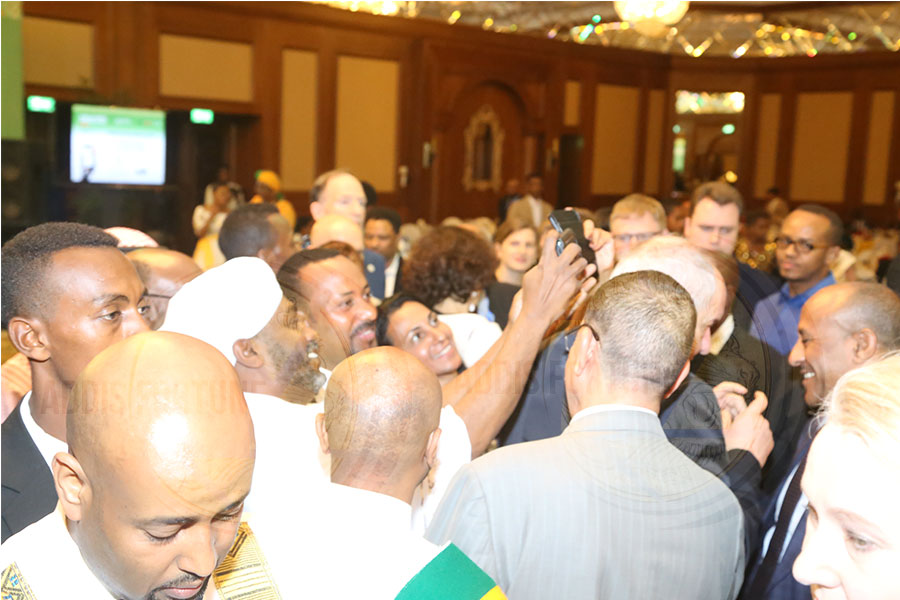
Photo Gallery | 180507 Views | May 06,2019
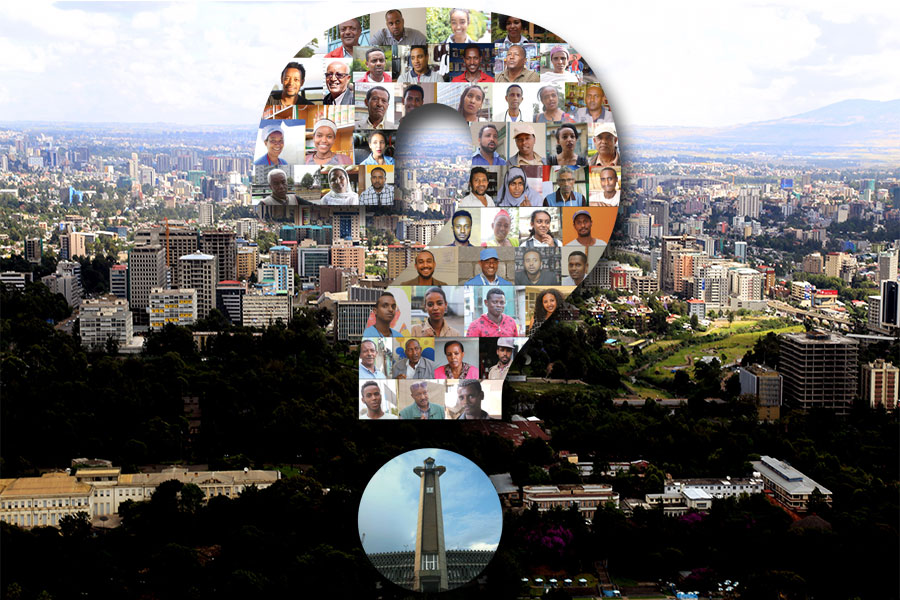
Photo Gallery | 170700 Views | Apr 26,2019
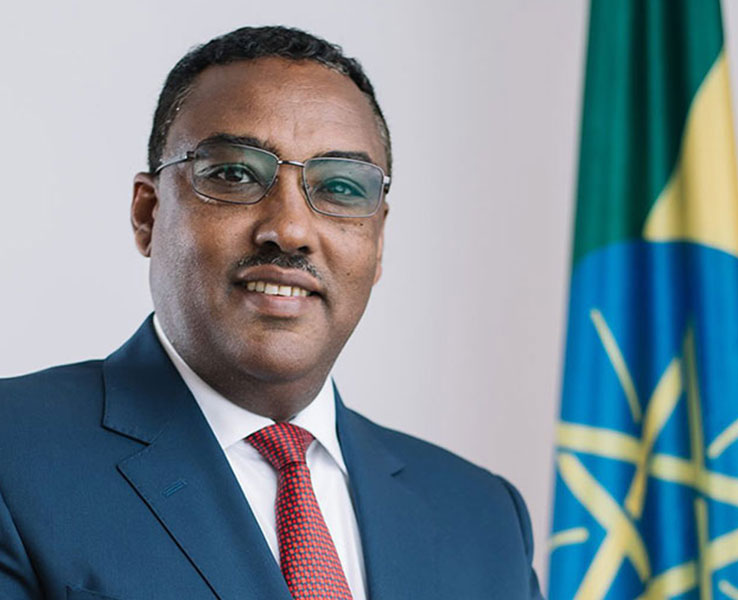
Photo Gallery | 161768 Views | Oct 06,2021

My Opinion | 137288 Views | Aug 14,2021
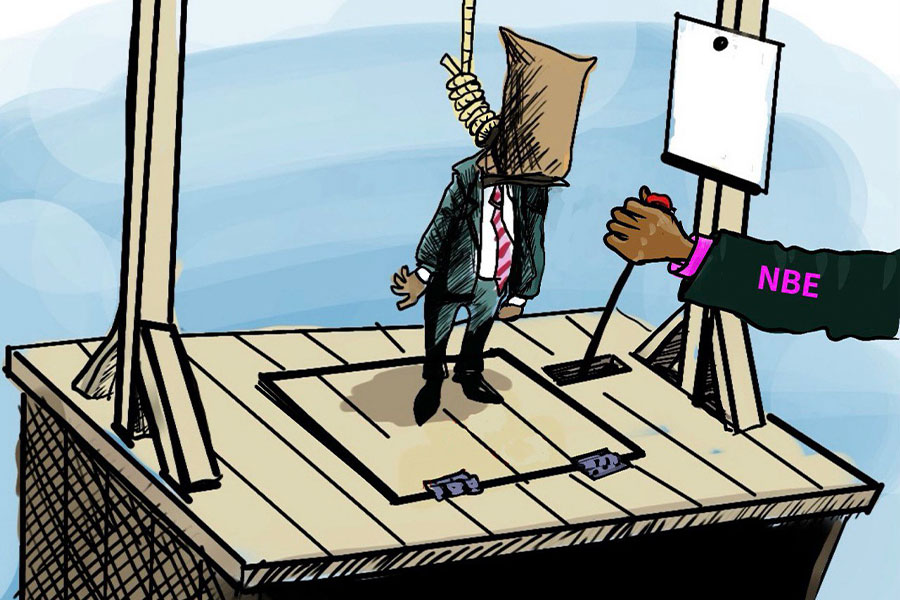
Nov 1 , 2025
The National Bank of Ethiopia (NBE) issued a statement two weeks ago that appeared to...
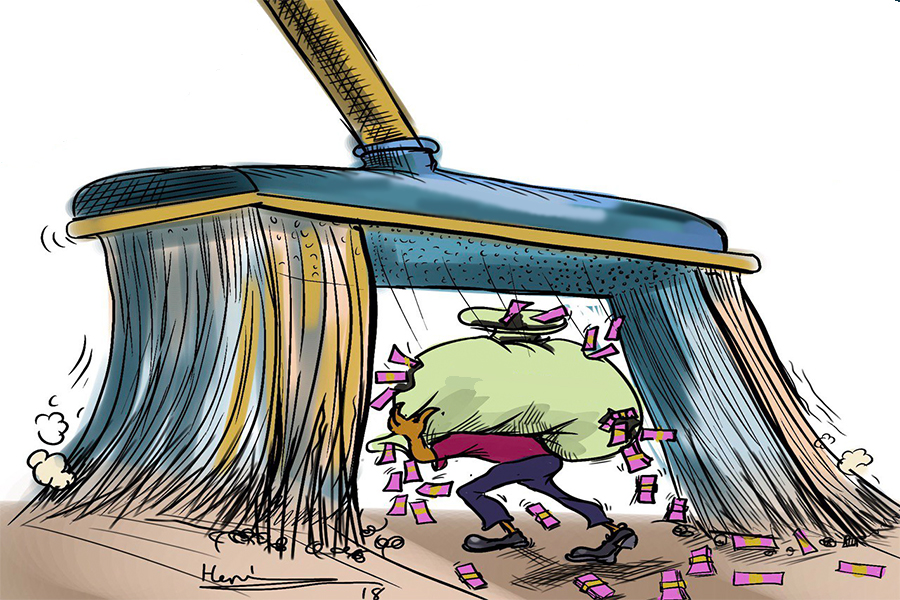
Oct 25 , 2025
The regulatory machinery is on overdrive. In only two years, no fewer than 35 new pro...
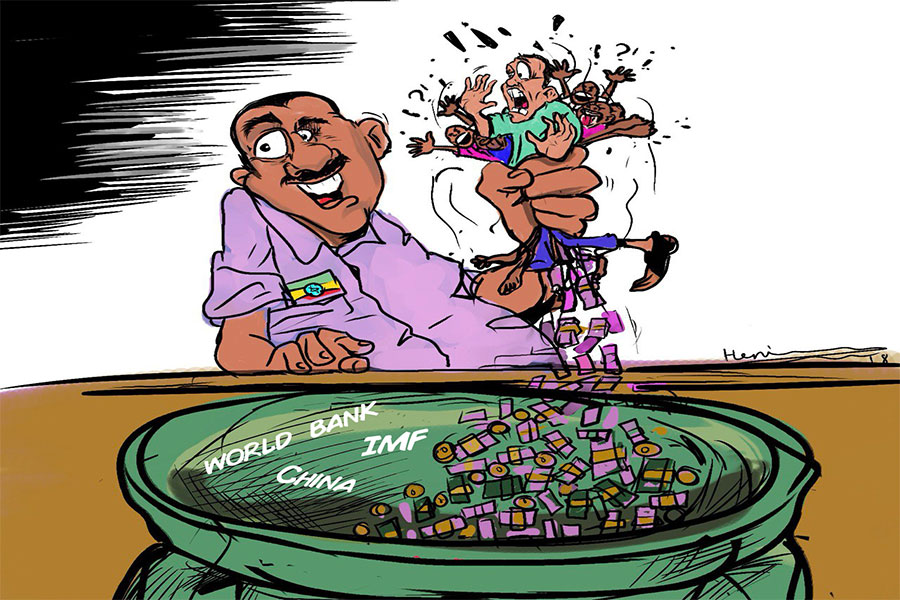
Oct 18 , 2025
The political establishment, notably the ruling party and its top brass, has become p...
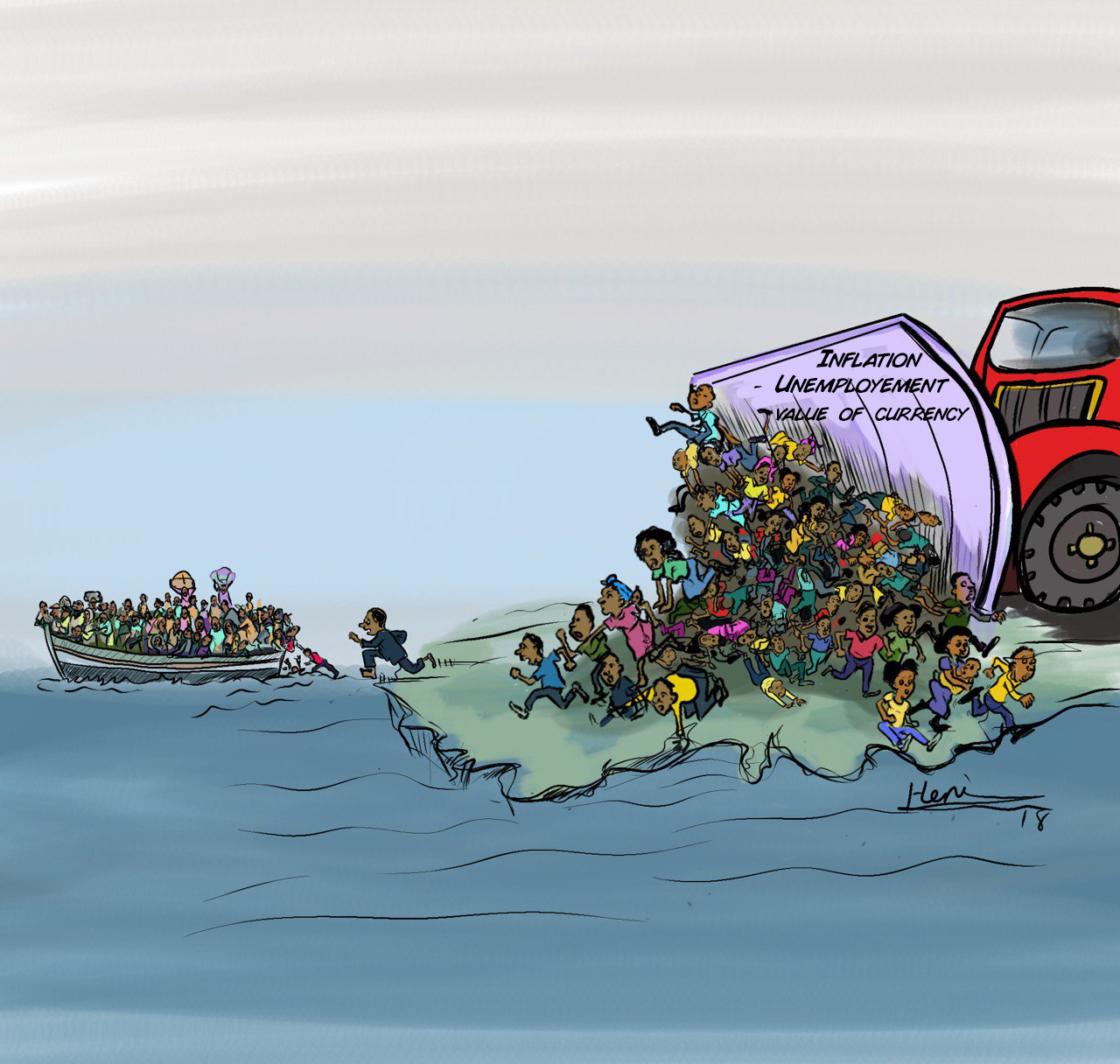
Oct 11 , 2025
Ladislas Farago, a roving Associated Press (AP) correspondent, arrived in Ethiopia in...